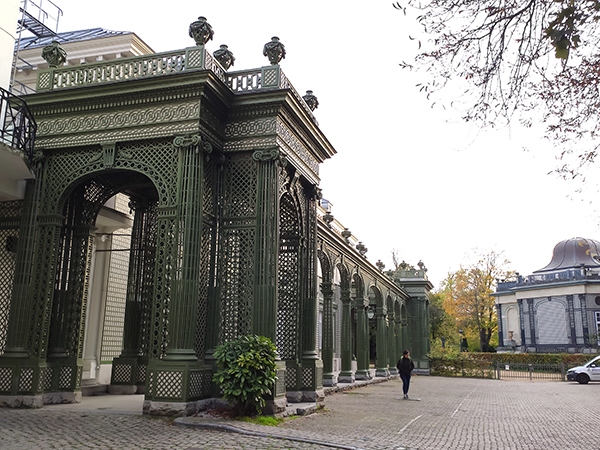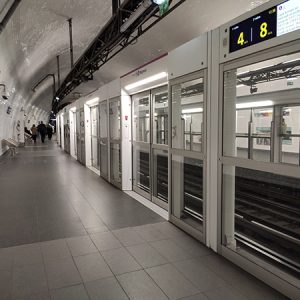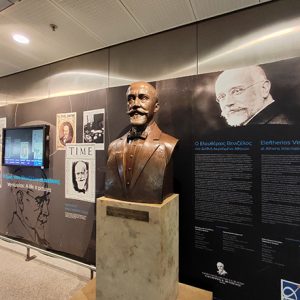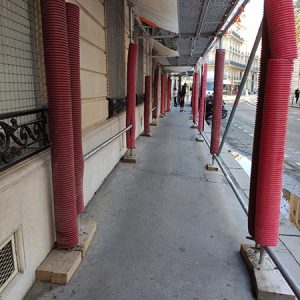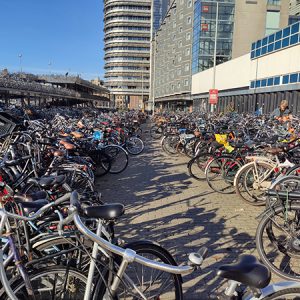Royal Greenhouses of Laeken, Brussels (Belgium)
$ 30,00
Description
Location: Brussels, Belgium
Taken on: November 13, 2022
Format: JPEG
File size: 8.1 MB
Dimensions: 4000 x 3000 pixels
DPI: 300
Photographer: Andrey Kashukov, Cyprus
Photo can be used in posters, brochures, magazines, websites, blogs, business cards, applications, social media branding, packaging, postcards, notebooks, invitation backgrounds, flyers, banners, badges, stickers, collages, booklets, illustrations, etc.
Photo can be used in applications: Adobe Photoshop, Adobe Photoshop Lightroom, Adobe Photoshop Elements, Adobe InDesign, Adobe Illustrator, Adobe XD, Adobe Express, Adobe After Effects, GIMP, Photopea, Krita, Pixlr E, Pixlr X, Paint.NET, Affinity Photo, Corel PaintShop Pro, CorelDRAW Graphics Suite, Capture One Pro, Luminar Neo, Pixelmator Pro, ACDSee Photo Studio Ultimate, Affinity Designer, Procreate, Sketch, etc.
Autumn Stroll at the Royal Greenhouses of Laeken, Brussels
Capture the majestic elegance of Belgian royal architecture with this stunning photograph taken in Brussels. Featuring the magnificent green cast-iron colonnade of the Royal Greenhouses of Laeken on a crisp autumn day, this image is a perfect blend of historical grandeur and serene beauty. Ideal for lovers of European architecture, travel, and timeless design.
A Moment of Timeless Grandeur in Brussels
Step into the serene and stately grounds of the Royal Domain of Laeken with this captivating fine art photograph. Taken on a quiet afternoon on November 13, 2022, this image showcases the breathtaking beauty of the intricate cast-iron arcade that connects the world-renowned Royal Greenhouses. The deep green, almost black, lacework of the structure stands in elegant contrast to the soft, overcast sky and the muted tones of late autumn.
Composition and Detail
The photograph masterfully captures the architectural prowess of the 19th century. The composition draws the viewer’s eye along the repeating arches of the colonnade, creating a powerful sense of depth and perspective down the historic cobblestone path. The incredible detail of the ornate, latticed ironwork is rendered with stunning clarity, celebrating the craftsmanship of a bygone era. A solitary figure walking in the distance adds a sense of scale and quiet contemplation to the scene, making the viewer feel as though they are right there.
Historical Significance
This is more than just a beautiful structure; it’s a piece of Belgian heritage. The Royal Greenhouses of Laeken were commissioned by the visionary King Leopold II and designed by his architect, Alphonse Balat, a mentor to the famed Art Nouveau architect Victor Horta. This sprawling “city of glass and iron” is a monument to the architectural innovation of the age, and this gallery is one of its most photogenic elements.
This high-resolution photograph is perfect for bringing a touch of sophisticated European charm to any interior. It is an ideal piece of wall art for a living room, study, or office, and a wonderful gift for anyone with an appreciation for architecture, history, or the unique beauty of Brussels.
Product Details:
- Title: Royal Greenhouses Colonnade in Autumn
- Location: Royal Domain of Laeken, Brussels, Belgium
- Subject: 19th-century cast-iron architectural gallery
- Mood: Elegant, historic, serene, autumnal
- Perfect For: Wall art, home décor, office interiors, gifts for architecture lovers, travel enthusiasts, and historians.
The Royal Greenhouses of Laeken (Serres Royales de Laeken in French, Koninklijke Serres van Laken in Dutch) are a magnificent complex of monumental heated greenhouses located in the park of the Royal Palace of Laeken, in the northern part of Brussels, Belgium. They are considered one of the major architectural achievements of the 19th century in Belgium.
History and Architecture:
Commissioned by King Leopold II, the greenhouses were primarily designed by architect Alphonse Balat and built between 1874 and 1905. After Balat’s death in 1895, Henri Maquet and Charles Girault continued the work. Leopold II, inspired by the Crystal Palace at the Great Exhibition of 1851 in London, envisioned a progressive building that would combine his love for plants with multifunctional spaces for royal receptions, banquets, and even theatre.
The complex is a remarkable example of metal and glass construction, a groundbreaking innovation for its time. It takes on the appearance of a “glass city” set within a hilly landscape, characterized by monumental pavilions, glass domes, and wide galleries that resemble covered streets. Balat incorporated decorative motifs derived from plants and flowers into the steel constructions, foreshadowing the Art Nouveau style later developed by his apprentice, Victor Horta. The total floor area of this immense complex is 2.5 hectares (6.2 acres).
Key architectural highlights include:
- The Winter Garden (1874-1876): The largest greenhouse, with a round dome 57 meters (187 ft) in diameter and 25 meters (82 ft) high. It features concentric cast iron trusses supported by a circular Doric colonnade. It still serves as a setting for royal receptions.
- The Palm Greenhouse, the Congo Greenhouse, and the Diana Greenhouse (1885-1887): These were added in later phases, each with distinct architectural features. The Congo Greenhouse was particularly significant, intended to symbolize the king’s colonial power by showcasing plants from Central Africa.
- The Embarcadère Greenhouse (also known as the Pier Greenhouse) (1886-1887): Designed to receive guests for royal events, it features two parallel compartments under a barrel vault, with a dome supported by iron Corinthian columns in the second compartment.
- The Iron Church (or Chapel Greenhouse) (1893): A domed greenhouse originally intended to serve as the royal chapel, notable for its construction entirely from iron, metal, and glass.
Botanical Collection:
The Royal Greenhouses are home to the famous Royal Botanic Collection, which includes large collections of camellias, orange trees, and many plants originating from the African parts of the former Belgian Empire. While the collection has seen some changes since Leopold II’s death, it remains renowned for its size, diversity, and the rarity of many of its plants, some of which are over a century old.
Public Access:
The Royal Greenhouses are part of the Royal Domain of Laeken and the private gardens of the Belgian royal family. Consequently, they are only accessible to the public for a limited period each year, typically for about three weeks in the spring (from mid-April to early May), when the flowers are in full bloom. This tradition was initiated by King Leopold II and has been continued by successive monarchs.
Tickets and Accessibility:
Tickets for the public opening are highly sought after and must be reserved online in advance, usually going on sale in March. They often sell out quickly. As of 2025, tickets cost around €7 for adults, with free admission for children under 12 (though reservations are still required).
Visitors can choose between a longer (around 3 km) or shorter (around 2 km) route. Evening visits (nocturnes) are also offered on select days, focusing on the greenhouses themselves. While some areas are wheelchair accessible, parts of the route may include cobblestones and steps. Special provisions for visitors with reduced mobility are often made on specific days during the opening period.
The Royal Greenhouses of Laeken offer a unique opportunity to experience a blend of historical architecture and a remarkable botanical collection, making them a true jewel of Belgian heritage.
